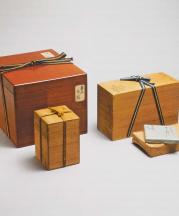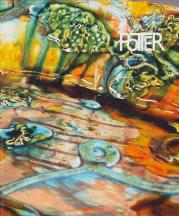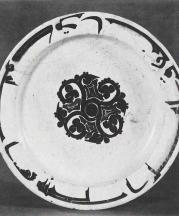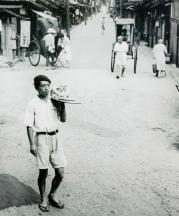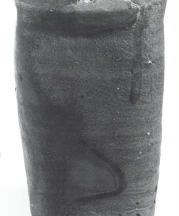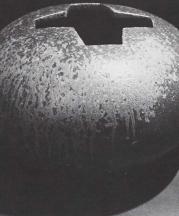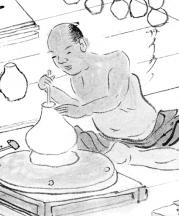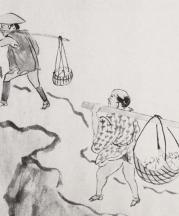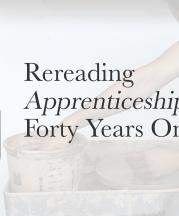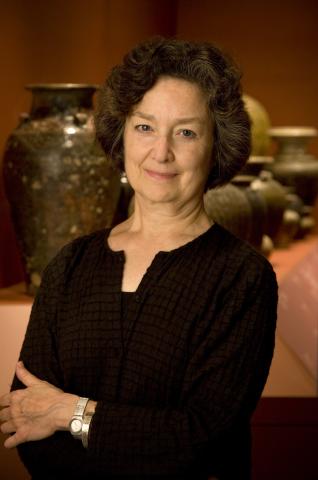
Author Profile
Louise Allison Cort
*/
Louise Cort is Curator Emerita for Ceramics at the Freer Gallery of Art and Arthur M. Sackler Gallery at the Smithsonian Institution. Her interests include historical and contemporary ceramics in Japan, Southeast Asia, and South Asia, Japanese baskets and textiles, and the Japanese art of tea (chanoyu). In 2012 she received the thirty-third Koyama Fujio Memorial Prize for her research on historical and contemporary Japanese ceramics, and the Smithsonian Distinguished Scholar Award. Cort can be reached at cortlo@si.edu.


